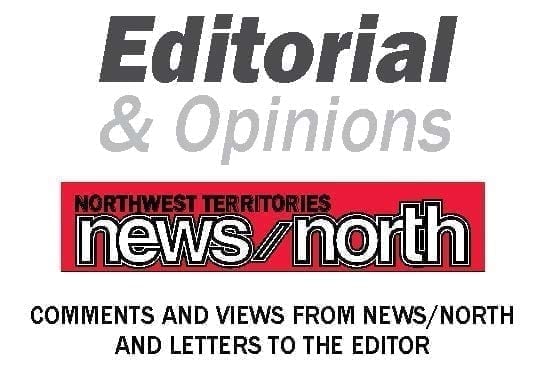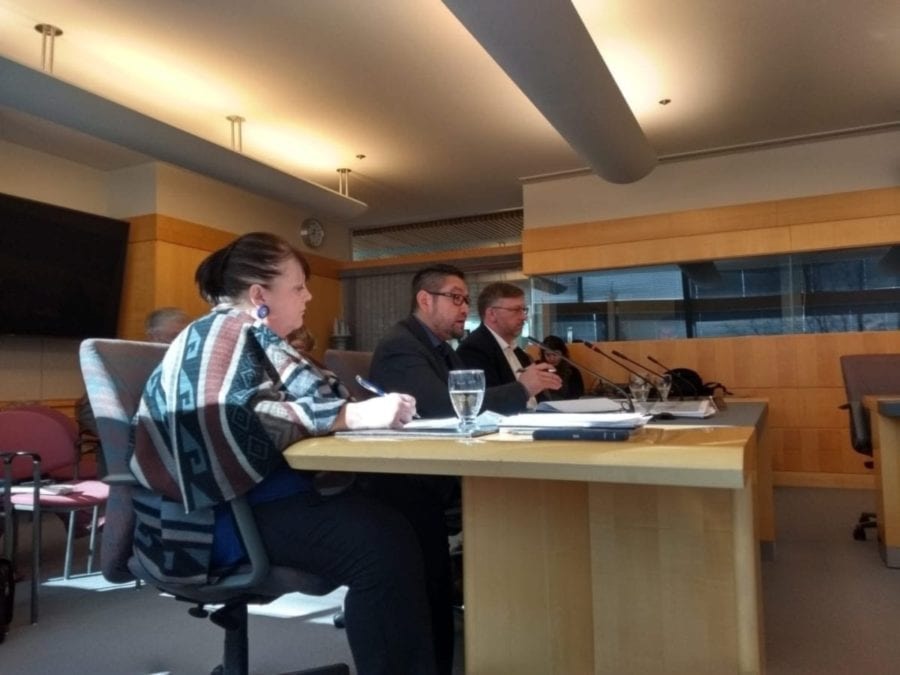The evolution of a territorial 911 emergency phone service from purely conceptual and largely ignored to near reality today has been one long, arduous path.
Politicians and bureaucrats have been talking about 911 since at least 1992, back when Brian Mulroney was still prime minister and division with Nunavut had yet to occur.

It’s been nearly 20 years since Percy Kinney, the former chief coroner of the Northwest Territories, called on Yellowknife city council to adopt 911 following the death of snowmobiler Fred Hope, who froze to death after her machine crashed through thin ice on Prosperous Lake in 2000.
The woman’s partner, riding another snow machine, had also been injured but a man driving him to hospital was unable to call for help because he didn’t realize the territory lacked a 911 service.
Currently, in NWT communities, the only way to get hold of emergency services by phone is to dial the local prefix, followed by "1-1-1-1" for police and "2-2-2-2" for fire or ambulance.
The urgency to develop a 911 system led to at least two studies on the matter and much hand-wringing at the municipal and territorial government level, yet implementation has been tediously slow. Finally, after deciding 911 would be implemented simultaneously in all 33 communities, the Department of Municipal and Community Affairs gave it the green light – for June 30 of this year.
Alas, the department is now telling the legislative assembly’s Standing Committee on Government Operations that it may not be able to meet the "go-live date."
Northerners will surely understand the need to get it right, and of late, much work has been done to ensure all telecommunications companies and all NWT communities are ready to deliver the service; that all 11 official languages can be accommodated during emergency calls; and that spot devices and satellite phones are encouraged for people living and working in "dead zones" where cell phones don’t work.
But we will remind the GNWT, yet again, that a partially implemented 911 service in some communities is better than having no 911 service at all. The government has stubbornly insisted the emergency phone service be rolled out in all communities in the territory at the same time, even though this has greatly delayed implementation in larger centres, such as Inuvik, Fort Smith, Fort Simpson and Yellowknife, that had greater capacity to roll it out.
This one-for-all attitude has bordered on negligence, even while it has increasingly become apparent the territory cannot afford to wait.
With a growing tourism industry and an ever-transient influx of workers coming to the territory, lives are being put at risk the longer the NWT goes without 911 service.
People simply do not realize the NWT doesn’t have one when an emergency arises. This was illustrated just three years ago when a Good Samaritan had to drive to the Yellowknife fire hall to report a major fire at a carpeting store. He didn’t know the number.
We surely hope any delay in implementing 911 this year is a short one.
